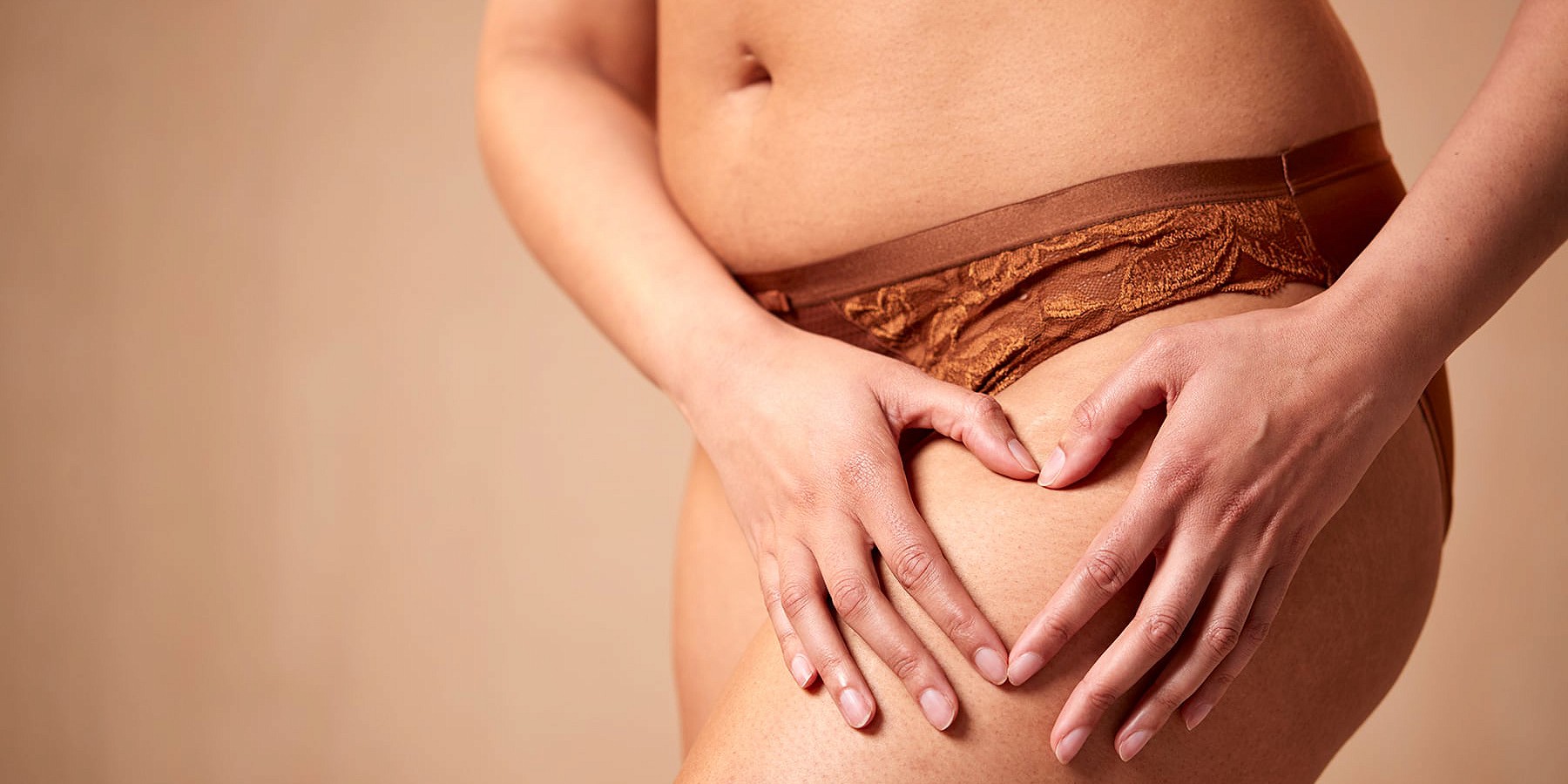What is liposuction?
Liposuction is a surgical method to remove unwanted fat cells from the body. This often invasive procedure involves inserting a suction device into small incisions, breaking up fat cells, causing inflammation in the surrounding tissues, and damaging microscopic lymphatic vessels
After liposuction, it takes time for the body to regenerate these vessels; until then, the lymphatic system may not function as efficiently.
Why does liposuction cause inflammation?
Inflammation is the body’s natural response to any injury or illness, triggering an immune response. Inflammatory cells and proteins are sent to the injured area to repair and promote healing.
This inflammatory response results in swelling, redness, pain, and discomfort.
Lymphatic vessels and nodes drain fluid and debris from the surgical site and carry immune cells to prevent infection. By improving the flow of lymph fluid, the lymphatic system creates a healthier environment for cells and tissues to receive the micronutrients they need to heal.
What is post-liposuction fibrosis?
Fibrosis is a condition characterized by the development of excessive scar tissue (fibrous connective tissue) in an organ or tissue as a result of inflammation, injury, or chronic disease.
Common sites for post-liposuction fibrosis include the abdomen, flanks, under the chin, and the arms and legs.
Fibrosis can appear within a month or so after surgery as scar tissue develops in response to liposuction trauma. During surgery, the cannula, a hollow tube, moves back and forth to remove fat cells, causing damage to the surrounding connective tissue, skin, and vessels.
During the healing process, inflammatory cells and proteins repair the damaged tissue. If inflammation becomes chronic, an overproduction of collagen and protein can lead to fibrosis.
The skin may have a puckered-looking appearance and feel tender, thick, restrictive, firm, and bumpy.
How can I manage post-liposuction fibrosis?
Lymphatic massage, taping, and other hands-on techniques help soften fibrosis and tissue restrictions. I will encourage you to self-massage at home and follow your surgeon’s advice. Wearing good-fitting compression, fibrosis pads, and foams will also go a long way in getting the results you desire.
After surgery, many clients experience patches of numbness that can take up to a year to go away. It may feel strange to touch your skin, but I encourage you to do so.
Here’s a quick look at each method to help manage post-liposuction fibrosis:
- Lymphatic massage stimulates the vessels to contract more frequently to drain inflammatory waste and fluid away from the injured areas.
- Lymphatic taping, compression, and foams help prevent fluid from settling and filling the tissues, causing a more swollen appearance.
- Fibrosis pads, either homemade or bought, are worn under compression. These beneficial pads massage over hard spots as you breathe and move about your day.
In each case the goal is to mobilize scar tissue and protein buildup, enabling the lymphatic system to drain more efficiently and improve the overall health and appearance of the affected areas.
Book Your Post-Op Massage Today!
Let me help support you with your post-surgery recovery. Book your appointment today, and let me help you feel your best after your liposuction procedure.
